How can portable buildings be adapted for off-grid living?
Portable buildings offer a unique opportunity for off-grid living. They provide flexibility and mobility, ideal for those seeking a minimalist lifestyle.
Adapting these structures for off-grid living involves integrating sustainable systems. This includes solar panels, rainwater harvesting, and composting toilets.
These solutions make portable buildings self-sufficient and eco-friendly. They reduce reliance on traditional utilities, promoting independence.
Off-grid living is about more than just survival. It’s about creating a sustainable and comfortable home.
Portable buildings can be customized to meet individual needs. This makes them a versatile option for remote living.
Insulation and weatherproofing are crucial for maintaining comfort. They help regulate temperature in varying climates.
Energy-efficient appliances and lighting further enhance sustainability. They reduce energy consumption and environmental impact.
With the right adaptations, portable buildings can become ideal off-grid homes. They offer a path to a simpler, more sustainable lifestyle.
Understanding Off-Grid Living and Portable Buildings
Off-grid living means relying on systems not connected to traditional public utilities. It involves using alternative methods for water, energy, and waste. This lifestyle is attractive to those wanting independence and sustainability.
Portable buildings can be relocated, making them perfect for off-grid setups. They provide a versatile base for creating an off-grid home. These structures range from small cabins to mobile shelters, suitable for various climates and needs.
Adapting a portable building for off-grid living requires a clear understanding of the fundamentals. Key elements include:
- Energy systems: Use solar panels or wind turbines for electricity.
- Water management: Implement rainwater harvesting and storage systems.
- Waste management: Install composting toilets and greywater systems.
By integrating these systems, portable buildings can become fully off-grid. This approach supports self-reliant living with minimal environmental impact.
Key Benefits of Adapting Portable Buildings for Off-Grid Living
Adapting portable buildings for off-grid living offers notable benefits. First, it provides freedom from traditional utility services. This can reduce monthly costs and increase independence from urban infrastructure.
Moreover, living off-grid fosters environmental responsibility. Sustainable practices, like using renewable energy and water conservation, minimize ecological footprints. These systems encourage resource conservation and reduce waste production.
Other benefits include flexibility and mobility, ideal for those embracing minimalist or nomadic lifestyles. Portable buildings enable a simpler way of life, focusing on essentials and resourcefulness. Key benefits include:
- Reduced reliance on traditional utilities.
- Enhanced sustainability and eco-friendliness.
- Increased mobility and adaptability.
Embracing off-grid living in portable buildings means aligning with a more sustainable and liberated lifestyle. It’s perfect for those valuing ecological responsibility and personal freedom.
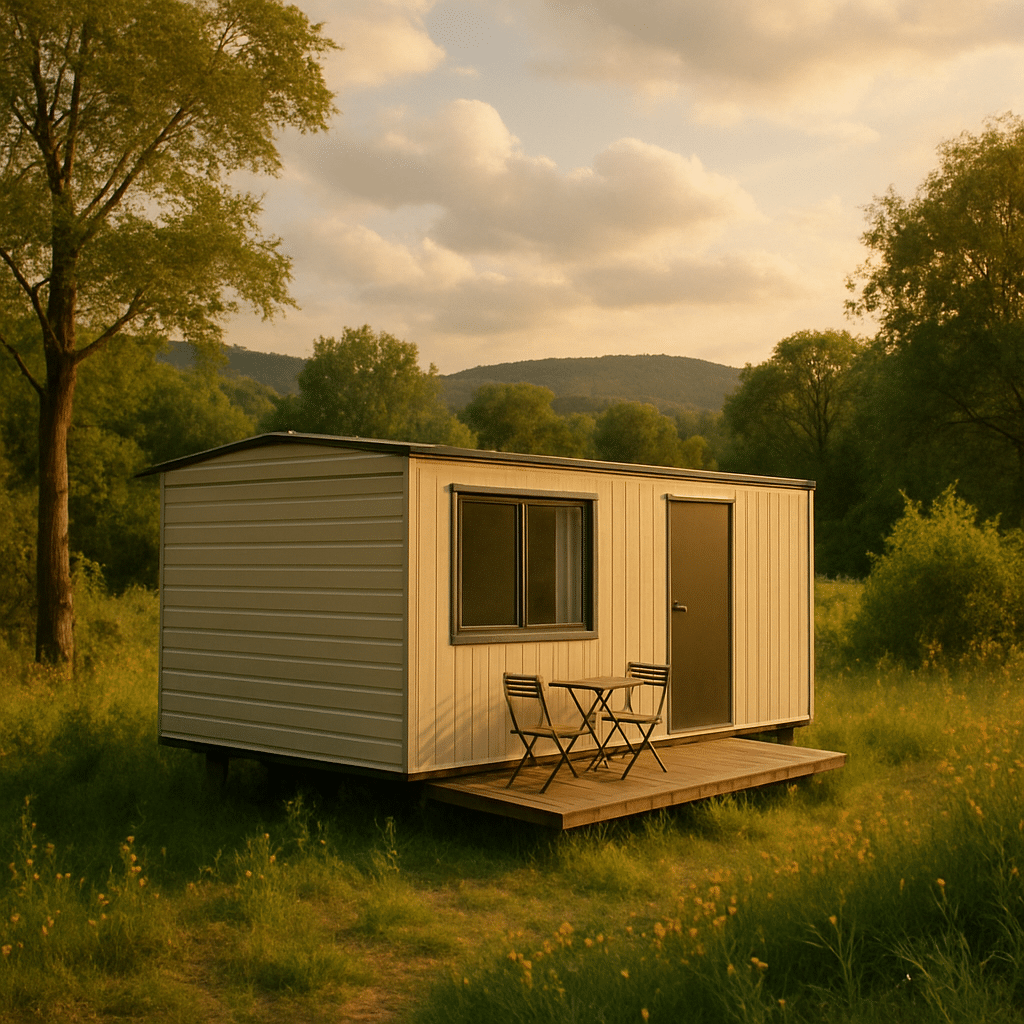
Choosing the Right Portable Building for Off-Grid Solutions
Selecting the right portable building for off-grid solutions is crucial. Your choice should reflect your lifestyle and energy requirements. Consider the building’s size and layout, ensuring it fits your living needs comfortably.
Material durability is another key factor. Look for materials that withstand weather extremes and provide insulation. This keeps your home energy-efficient and comfortable in varying climates.
Assess the building’s potential for sustainable modifications. Ensure it’s suitable for integrating solar panels and water collection systems. These add-ons enhance your off-grid experience by providing necessary utilities.
Evaluate the building’s mobility. Some structures offer easy relocation, beneficial for a nomadic lifestyle. Ideal portable buildings for off-grid living typically include:
- Robust, weather-resistant materials.
- Capacity for solar and water system integrations.
- Flexible layouts for customization.
Choosing wisely ensures a comfortable and self-sustaining off-grid lifestyle. Prioritize efficiency and adaptability to maximize your off-grid potential.
Insulation and Weatherproofing for Off-Grid Portable Buildings
Effective insulation is crucial for maintaining comfort in off-grid portable buildings. It helps retain heat in winter and cool air in summer. Quality insulation reduces energy usage, which is vital when relying on limited power sources.
Weatherproofing enhances the durability and longevity of your portable home. Proper sealing prevents moisture intrusion and pest issues. This protects interior spaces, preserving your living environment.
Consider eco-friendly insulation options such as recycled denim or sheep’s wool. These materials offer sustainable benefits while ensuring efficient temperature control. Coupled with weatherproofing measures, they elevate your building’s resilience.
Key elements for effective insulation and weatherproofing include:
- High R-value insulation materials
- Durable weather-sealing techniques
- Regular maintenance checks
By prioritizing these aspects, you’ll create a secure and comfortable off-grid sanctuary. Your portable building will withstand various weather conditions, ensuring a pleasant and efficient living space.
Off-Grid Power Systems for Portable Buildings
Reliable power is essential for off-grid living in portable buildings. Solar energy, wind turbines, and battery storage offer viable solutions. Combining these systems ensures consistent energy availability.
Solar panels are a popular choice due to their efficiency and accessibility. Placing them strategically on your portable home maximizes sunlight capture. A sufficient battery system will store energy for nighttime use.
Wind turbines complement solar panels well in regions with strong winds. They generate power when solar panels might be less effective. This dual approach provides a balanced and dependable energy supply.
Consider integrating the following key components:
- Solar panels
- Wind turbines
- Battery storage systems
Keep energy usage low with efficient appliances and LED lighting. Opt for solar-powered gadgets to further conserve power. Maintain power systems regularly to ensure optimal performance.
Off-grid power systems elevate your portable home into a self-reliant sanctuary. By harnessing renewable energy, you’ll reduce reliance on conventional utilities. This provides both environmental and financial benefits, fostering a truly independent lifestyle.
Water Collection and Management: Rainwater Harvesting and Storage
Securing a reliable water source is crucial for off-grid living. Rainwater harvesting provides an eco-friendly water solution for portable buildings. Collecting rainwater can reduce dependency on traditional water supplies.
Install gutters and downspouts to channel rainwater into storage tanks. Ensure that your storage system has a filtration mechanism. This guarantees a safe and potable water supply for household use.
Calculate your water needs to design an efficient system. Consider the roof area, average rainfall, and usage requirements. These factors determine the size and number of storage tanks needed.
Key components of a rainwater system include:
- Gutters and downspouts
- Storage tanks with filters
- Pumps for water distribution
Regular maintenance of the system prevents contamination and ensures functionality. Clean the gutters and filters frequently to maintain water quality. Consider using the collected water for irrigation, laundry, and other non-potable uses.
Implementing a rainwater harvesting system enhances self-sufficiency. It supports a sustainable lifestyle, minimizing environmental impact. With careful planning, water management becomes an integral part of your off-grid journey.
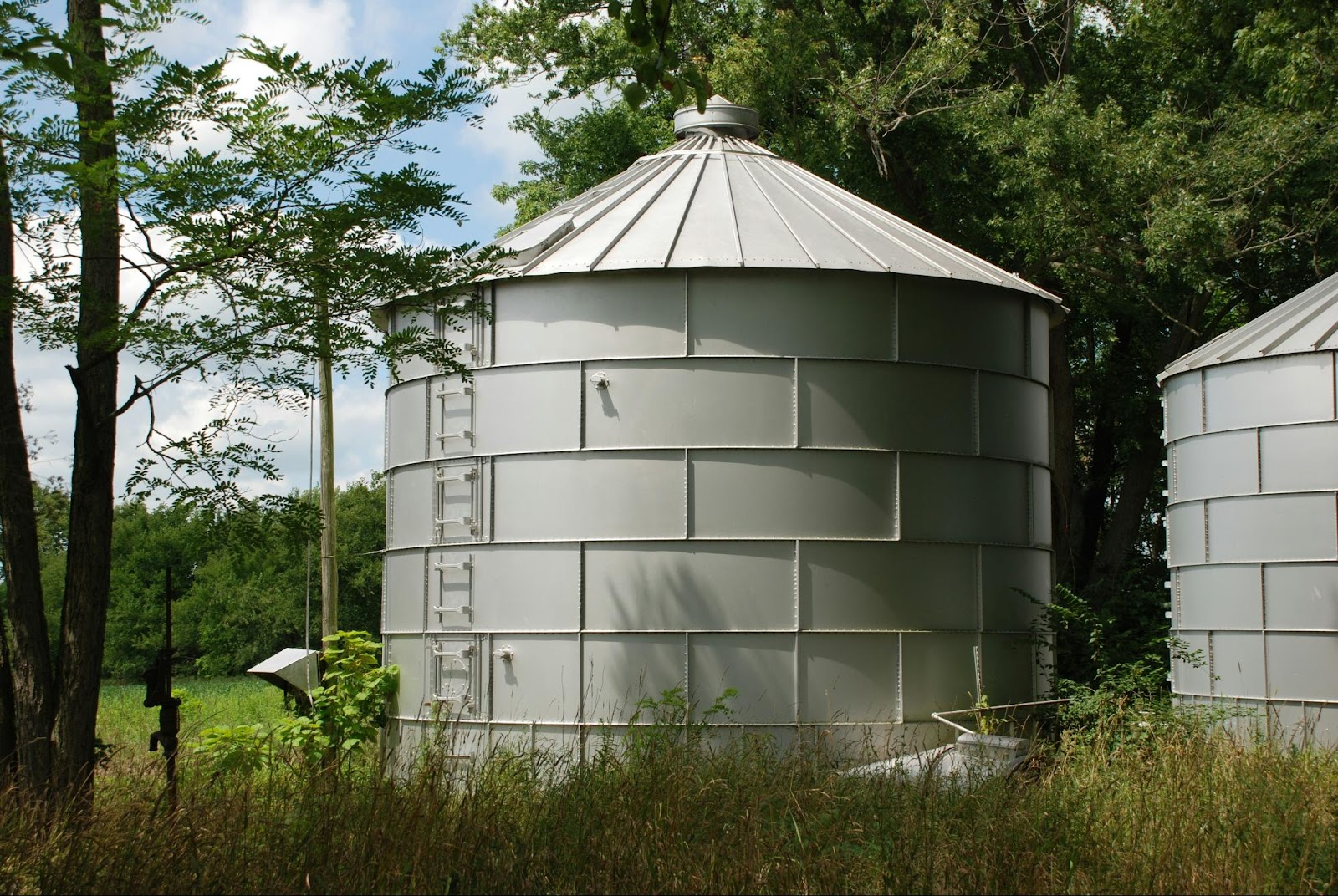
Sustainable Waste Management: Composting Toilets and Greywater Systems
Managing waste sustainably is vital for off-grid living. Composting toilets offer an eco-friendly solution for portable buildings. They convert waste into valuable compost, reducing environmental impact.
These toilets don’t require plumbing, ideal for remote areas. The process is simple: waste decomposes in a composting chamber. Regular maintenance ensures efficiency and prevents odors.
Greywater systems recycle water from sinks and showers. This water can be reused for irrigation, minimizing waste. Implementing both systems enhances off-grid sustainability.
Essential components for a sustainable waste management system include:
- Composting toilet
- Ventilation to control odors
- Greywater collection and filtration setup
Both systems are cost-effective and environmentally friendly. They reduce reliance on traditional sewage systems. By using these methods, you make portable homes more self-sufficient.
Integrating these solutions supports minimalist living goals. Efficient waste management is key to achieving off-grid success. Embrace the change for a greener future.
Heating and Cooling Solutions for Remote and Off-Grid Portable Homes
Maintaining comfortable temperatures in portable buildings is essential. Off-grid homes often face harsh climates, making efficient heating and cooling crucial.
Wood stoves provide a sustainable heating option. They use renewable resources and can heat spaces effectively. Besides, passive solar design can help retain warmth.
Cooling solutions include natural ventilation and shade structures. These methods reduce reliance on energy-intensive air conditioning. Fans powered by solar energy can also assist in circulating air.
To optimize temperature control, consider installing:
- Wood stove for sustainable heating
- Roof overhangs for natural shading
- Solar-powered fans for air circulation
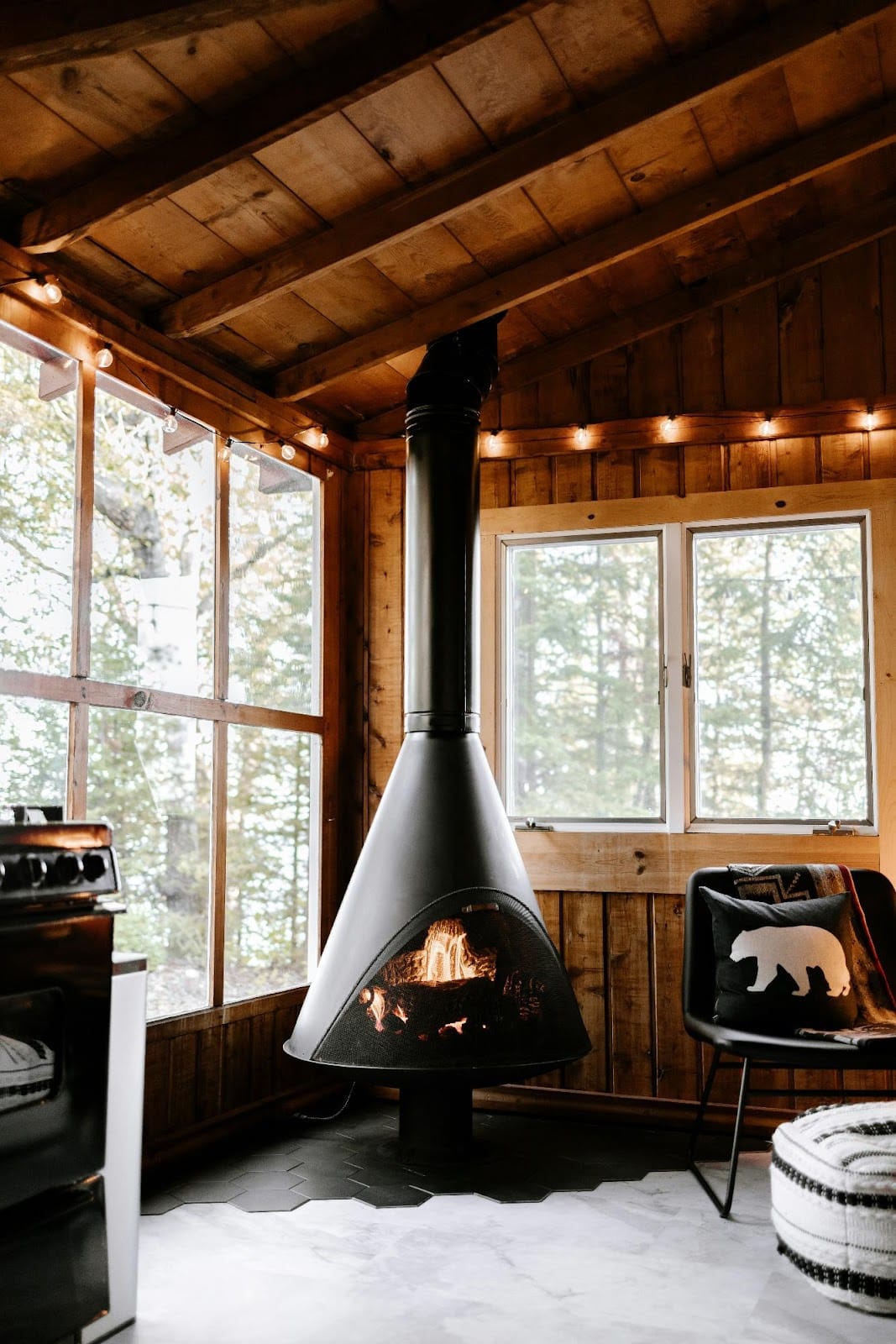
by Hans (https://unsplash.com/@hansphoto)
Strategic placement of windows aids in ventilation. Cross-breezes enhance natural cooling during warmer months. Such simple adaptations improve living conditions.
Insulation also plays a role in temperature management. High-quality materials keep homes cozy in winter and cool in summer. Combining these solutions leads to greater comfort.
By integrating these systems, portable homes become more energy-efficient. This approach supports a sustainable lifestyle while ensuring comfort in remote locations.
Energy-Efficient Appliances and Lighting for Minimalist Living
Choosing the right appliances is key in off-grid living. Energy-efficient options reduce the demand on power systems. This is vital for those relying on renewable energy sources.
LED lighting offers significant energy savings. They consume less power compared to traditional bulbs. Plus, their long lifespan further adds to their value.
When selecting appliances, consider:
- LED lights
- Solar-powered refrigerators
- Propane stoves
Minimalist living thrives on maximizing space and utility. Compact, multi-functional appliances are ideal for limited spaces. They maintain the essence of tiny house living.
Efficient appliances minimize environmental impact. They ensure power systems can meet other needs, like heating or water pumping. Thoughtful selection aids self-sufficient living.
Incorporating energy-smart solutions reduces carbon footprint. It enhances the sustainability of off-grid portable homes. Each choice supports a greener, minimal way of life.
Interior Design and Space Optimization for Tiny House Living
Design plays a crucial role in tiny house living. Efficient space use enhances comfort and functionality. Creativity is key in maximizing limited areas.
Consider multipurpose furniture for versatility. Foldable tables and beds save space. These solutions make the most of compact interiors.
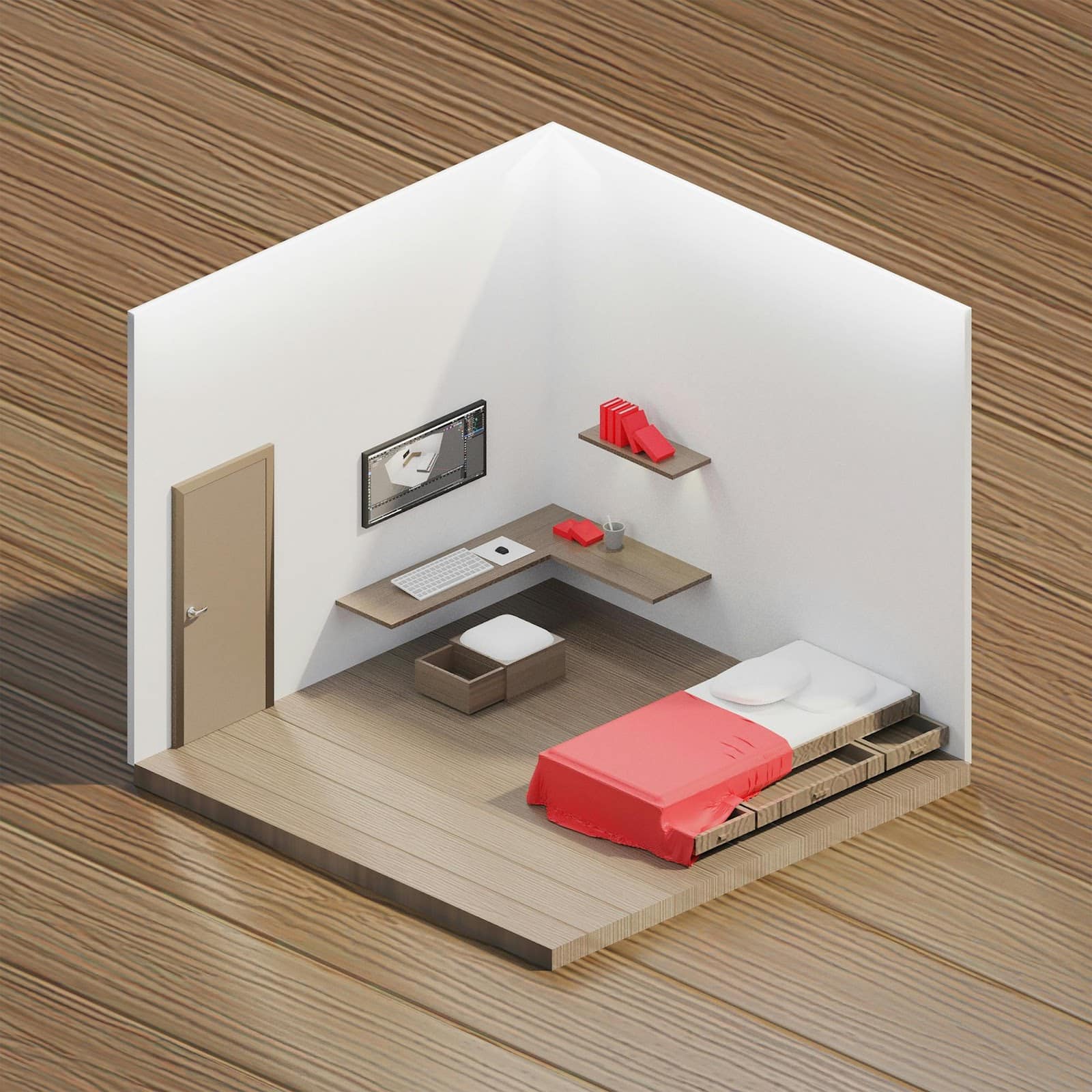
Smart storage solutions reduce clutter. Shelves, hooks, and hidden compartments are useful. These additions keep the living environment tidy and enjoyable.
Focus on:
- Multipurpose furniture
- Creative storage options
- Efficient layout
Compact layouts can feel spacious with strategic design. Open floor plans and natural light add a sense of space. Thoughtful interior planning enhances the tiny house experience, making it practical and inviting.
Real-World Examples: Inspiring Off-Grid Portable Cabin Conversions
Across the globe, many have successfully converted portable cabins into off-grid homes. These projects showcase creativity and innovation. They provide real-world insight into sustainable living.
One notable example is a cabin in the woods powered entirely by solar energy. Designed for self-sufficiency, it includes a rainwater harvesting system. This setup highlights how effective planning can lead to complete independence.
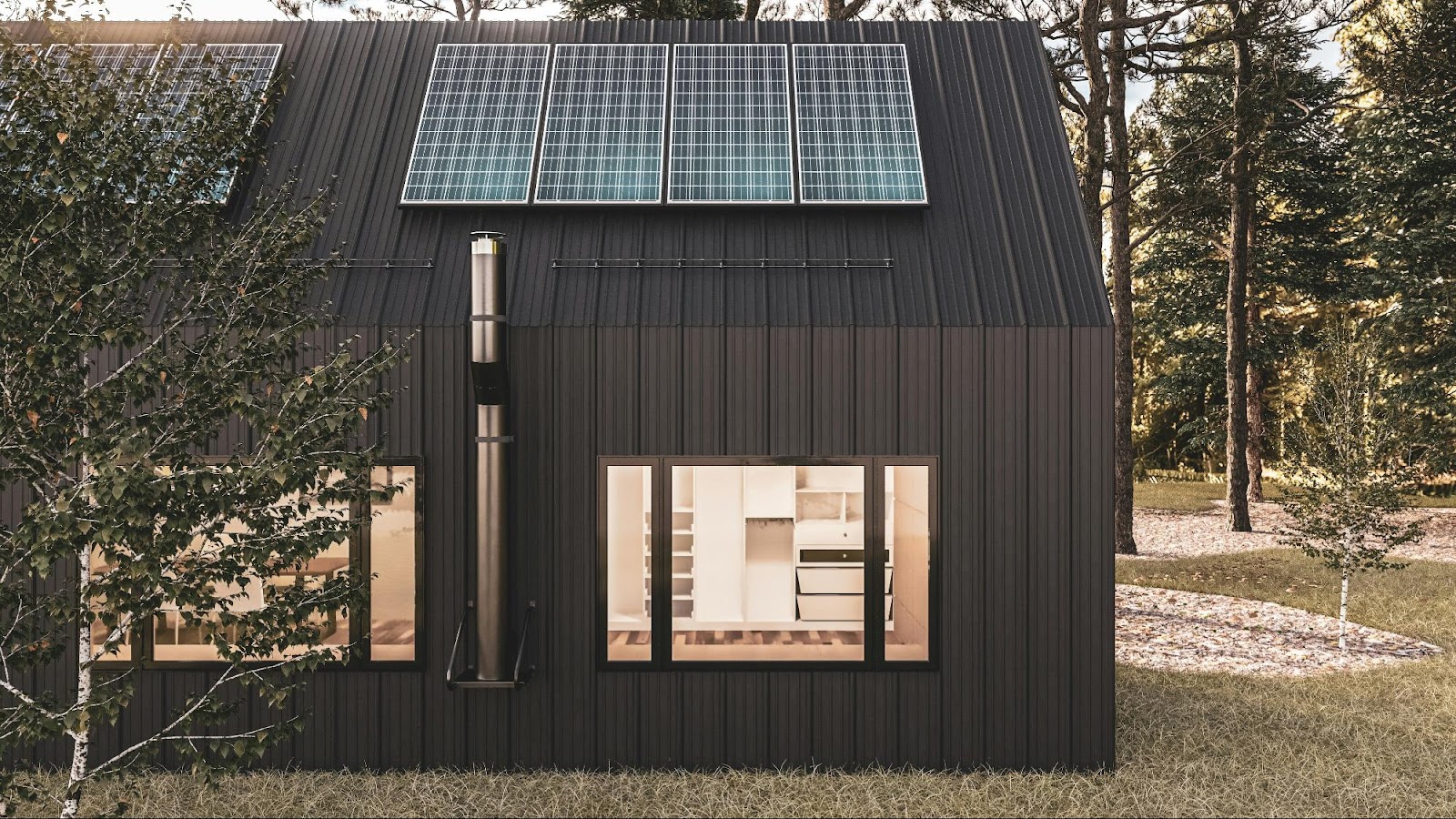
Another inspiring conversion features a tiny home with a composting toilet and greywater reuse system. It effectively combines rustic charm with modern eco-friendly solutions. These cases demonstrate the possibilities of portable buildings in creating functional, off-grid living spaces.
Key features include:
- Solar power systems
- Rainwater harvesting
- Composting toilets
These examples offer inspiration for creating affordable, eco-friendly off-grid homes tailored to individual needs.
Common Challenges and How to Overcome Them
Adapting portable buildings for off-grid living can present several challenges. One major issue is ensuring a reliable power supply. Solar energy can be inconsistent in certain climates, requiring backup systems like batteries or generators.
Managing water resources can also prove difficult, especially in arid regions. Rainwater harvesting systems must be carefully planned to meet water needs throughout the year.
To tackle these challenges:
- Implement a multi-source power system (solar, wind, and batteries)
- Install a well-designed rainwater harvesting and storage system
- Regularly maintain all systems to prevent issues
Anticipating these challenges enables you to create a sustainable and self-sufficient off-grid lifestyle. Proper planning and resource management can make all the difference.
Conclusion: Creating Your Own Sustainable Off-Grid Portable Home
Portable buildings offer a versatile and sustainable solution for off-grid living. By integrating renewable energy sources and sustainable systems, you can create a self-sufficient home.
Adapting these structures requires thoughtful planning and an understanding of environmental dynamics. With the right approach, portable buildings become not just shelters, but fully functional, eco-friendly homes. Embark on this journey to embrace minimalist and independent living while reducing your environmental footprint.




